Going for a pheasant hunt on the field is quite exciting, but if you are not well prepared, then there are several factors that you stand to encounter. Choosing the right gear will help make or break your experience. It depends on the individual whether they are a professional hunter or a beginner and knowing what to wear is very important.
This guide will assist you in selecting the appropriate outfit for pheasant hunting depending on the time of year, locality, and climate. From base layers through outer layers, boots, and safety gear, these are among what you can expect to be covered.
Season and Environment For Pheasant Hunting
Pheasants are very flexible species that can make their homes in almost any type of habitat, but the most suitable habitat is that which offers the birds both food, cover, and nesting sites.
Typical Habitats For Pheasant
- Grasslands: Meadows, fields, and prairies are suitable for pheasants since they provide adequate foods including grasses, seeds as well as insects for the birds plus nesting chances from the grassy heights or high vegetation.
- Farmland: Farmlands, including grain and cornfields, may prove ideal habitats for pheasants, especially during the harvest season when residual grains offer abundant food.
- Woodland edges: The area between woods and open ground may offer both cover and forage. Habitats such as forests may provide safety from predators and extreme climatic conditions; on the other hand, savannahs may offer food and sources of nests.
- Riparian areas: Rivers, streams, and ponds are preferred places because these sources can contain insects, small fishes, plants, etc.
When Is Pheasant Hunting Season Open In The US?
The hunting periods for pheasants vary by different states in the USA, with most hunting occurring in autumn or early winter. Generally, the season ranges from October to January of the next year.
This is because pheasants have formed flocks and are relatively more vigilant for food at this time.
The weather of the country particularly during the time of pheasant hunting is extremely cold with temperature that ranges nearest to freezing point.
Preparation For Pheasant Hunting
Given the cold weather and varied terrain, hunters should prioritize warmth, durability, and camouflage when selecting gear. Key considerations include:
- Layering: A layered approach can be flexible enough depending on the fluctuations in the temperatures. Base layers should be absorptive, mid-layers need to insulate the body, and outer layers must be wind and water-resistant.
- Footwear: It is recommended to choose insulated hunting boots that are winter-resistant, have strong thick soles, and provide good ankle support when trekking in challenging terrains or very cold regions.
- Camouflage: These are shy birds, so it can be advantageous to wear camouflage clothing.
- Accessories: Some of the essential accessories include hats, gloves, and scarves to cover one’s extremities to avoid soiling.
What To Wear When Pheasant Hunting?
Essential Clothing
Both orange and camouflage apparel could be useful in pheasant hunting but the latter is more advisable since it offers more coverage out in the field. There should also be conformity with the specific pattern and color with that of the terrain of the given location.
Here are some essential clothing items for pheasant hunting
Base Layers: Additional inner layers that can be specially constructed to have this characteristic are supposed to pull the sweat away from the body. They can be natural with the fiber content of merino wool or synthetic with man-made fiber content.
Mid-Layers: Mid-layers are insulating layers and they help keep one warm without feeling trapped or overdressed. For instance, fleece jackets or vests are well known.
Outerwear: To avoid getting cold due to rain, it is good to carry a waterproof and windproof jacket with you. Consider an aspect of clothing like a jacket, that has two or more pockets to store something.
Brush Pants: Practical and durable hunting trousers that can also be strengthened to withstand such dangers as thorns, briar, and other dangers in the hunting territories.
Hat: A warmer is required to wear on the head and ears in order not to freeze.
Gloves: Insulated and waterproof gloves are worn when there is a need to protect hands from cold and wet at the same time.
Recommended Brands
- Base Layers: Patagonia, Merino Wool Baselayers, Under Armour
- Mid-Layers: Patagonia, Arc’teryx, North Face
- Outerwear: Sitka Gear, First Lite, Kuiu
- Brush Pants: Cabela’s, Carhartt, Rocky
- Hats:Sitka Gear, Carhartt, Filson
- Gloves: Sitka Gear, First Lite, Under Armour
Waterproof Footwear
Proper and comfortable shoes are suitable ones for hunting pheasants since you will be moving in the field, and in most cases, there will be muddy areas or even streams to Ford. Consider the following options:
Leather Hunting Boots: This type of boots is durable and supportive, though it may be considerably heavier than the other types, and if it gets wet, it will take several hours before it becomes dry again.
Rubber Hunting Boots: Light, waterproof, protective, and easy to wash with a high shaft, however, may offer less support than leather boots.
Recommended Brands
- Leather Hunting Boots: Danner, Rocky, Merrell
- Rubber Hunting Boots: Kalkal Boots, Muck Boots, LaCrosse
Learn more: Rubber vs Leather Hunting Boots: Which One Is Best?
Eye & Ear Protection
Safety equipment like eye goggles and ear muffs are not mandatory but useful when hunting for pheasants. The woods and dense thickets where pheasants are often found can create flying debris, such as branches, leaves, or small stones, which can cause severe eye injuries without proper protection.
Moreover, the loud sound of gunshots may lead to progressive hearing loss, especially with frequent exposure to gunfire. It is advisable to buy good quality eye and ear protection to minimize the impacts that you are likely to suffer in the long run.
- Eye Protection: Shooting glasses or safety glasses can shield your eyes from particles or debris that may fly around the place.
- Ear Protection: Using earplugs or electronic earmuffs will help reduce the loud noise produced by gunshots as well as protect your ears.
Insulated Gear
For cold-weather hunting, additional insulated gear may be necessary. Consider the following:
- Gloves:Insulated gloves or heated gloves can keep your hands warm in frigid temperatures.
- Heated Clothing:Heated vests or jackets can provide extra warmth on cold days.
Or you can check these ways to keep you warm during hunting: 12 Effective Ways to Keep Your Feet Warm While Hunting.
Additional Gear and Accessories
In addition to the essential clothing and footwear, here are some other important items to consider for a pheasant hunt.
- Shotgun: A 20-gauge or 12-gauge shotgun is usually employed in pheasant hunting. However, the gauge depends on the hunter’s preference and the hunting environment to be encountered.
- Shells: Loading usually occurs with #4 to #6 sizes of shot. The type of shot taken will depend on features like the range and the thickness of the foliage.
- Game Calls: Hunters can use pheasant calls to increase their chances of success when hunting birds. Common pheasant calls include crow calls, rooster crow calls, and hen distress calls.
- Rain Gear: A raincoat and rain pants are important to minimize the wet feeling when it is rainy.
- First Aid Kit: Every single hunting trip requires a properly equipped first aid kit to be available for an emergency.
- Dog (Optional): Although not mandatory, it would greatly improve your pheasant hunting experience if you had a well-trained dog. Some dog breeds known for pheasant hunting are the English Pointers, German Shorthaired Pointers, and Labradors.
Tips For Staying Safe and Comfortable
Here are some tips to help you stay safe and comfortable during your pheasant hunt:
- Hunt with a buddy: Hunting together with a companion increases safety and also fosters companionship.
- Know your surroundings: You should be familiar with the locality where hunting will occur; this includes the property boundaries, and water bodies among other risks.
- Be aware of your target: This is a clear message to endlessly ensure that you know what you’re aiming at and what is beyond it before taking a shot.
- Practice gun safety: Shooters must always point their guns in a safe direction and assume that the guns are loaded.
- Dress in layers: Wearing many clothes enables one to remove some when the weather warms up or put on some when the weather becomes cold.
- Stay hydrated: Take enough water when eating and during wet weather so that you do not get tired easily.
- Take breaks: Take breaks now and then to reduce fatigue and ensure you stay alert all the time.
- Respect wildlife: Ensure one does not interfere with any wildlife or their dwellings in any way.
- Leave no trace: Carry out all of the trash and ensure the area is cleaner than before you got there.
Conclusion
For an effective pheasant hunt, hunters must choose the right equipment. They should understand how to choose the suitable clothing, shoes, accessories, and safety measures to achieve a satisfying hunting experience.
Choose the right gear depending on the circumstances of your hunting trip, including the season, weather, and territory you are going to be hunting in. Read the guide above should give you some ideas on how to prepare for your pheasant hunting in the next season!


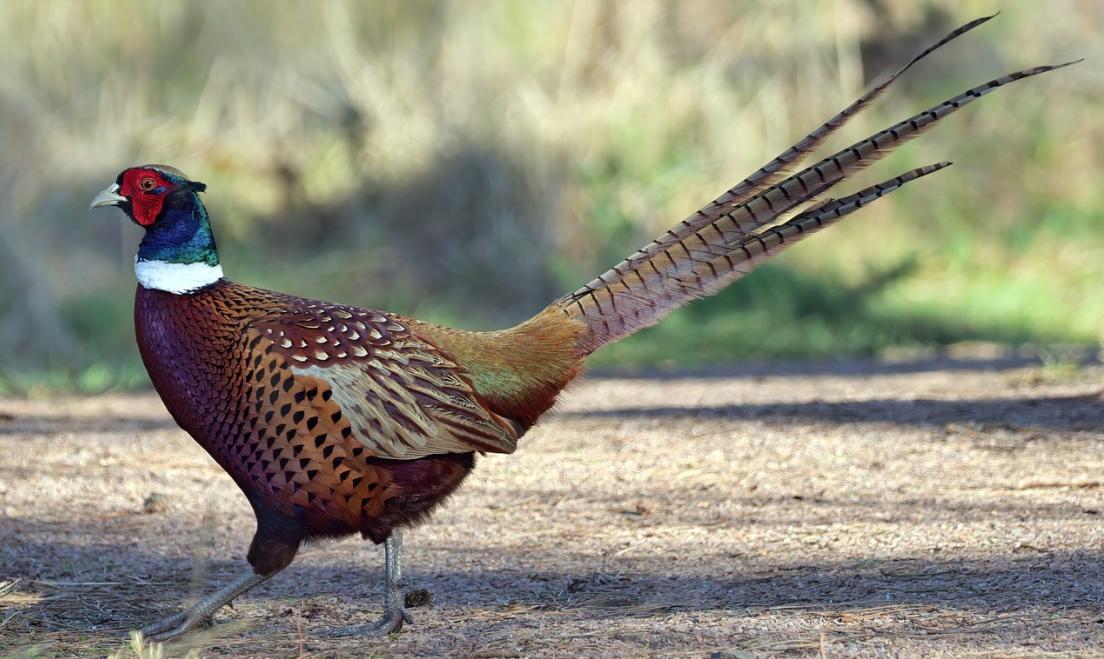




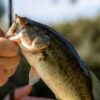
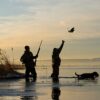
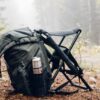
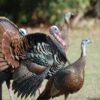
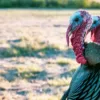








Leave a reply